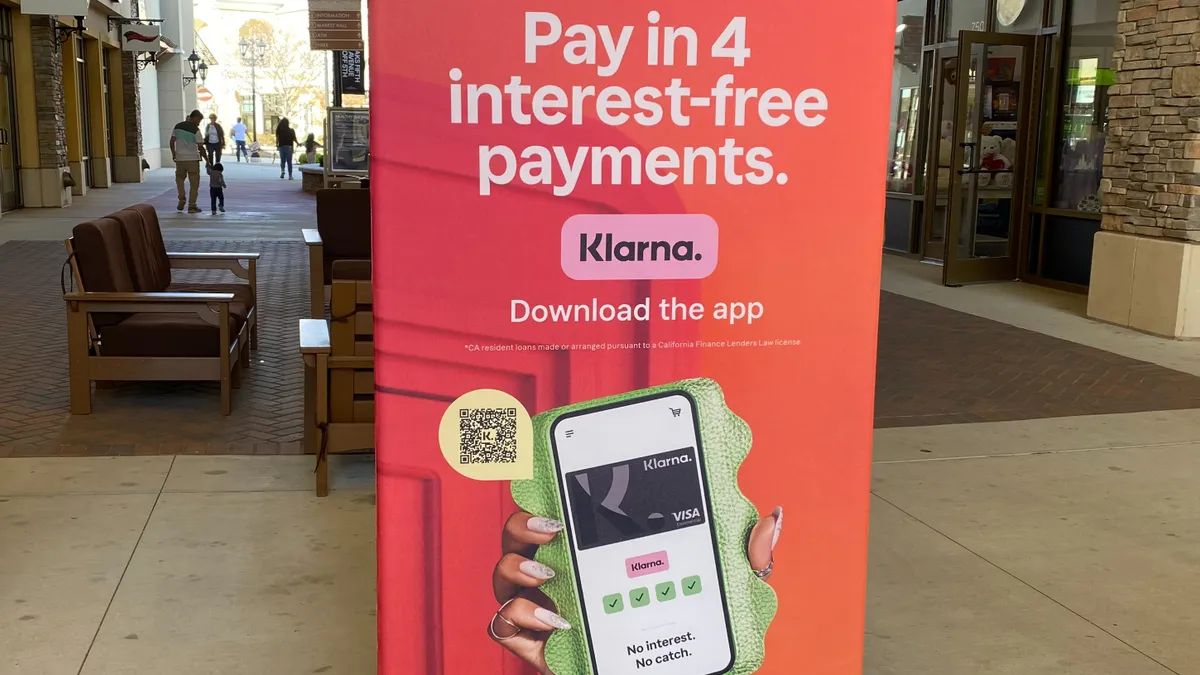Digital currencies are proving to be a draw for cross-border payments as companies begin exploring stablecoins for faster, cheaper settlements relative to more traditional international payment providers such as Swift and MoneyGram.
PayPal Holdings’ global payments service has begun using its PYUSD stablecoin to settle Xoom cross-border payments, escaping what PayPal has called “traditional banking hours.” PayPal has also begun marketing digital currencies, including PYUSD, as a means for lower transaction costs at both Xoom and its new crypto payments tool.
Companies are beginning to understand that stablecoins can enable “cheaper remittances, lower transaction costs, less friction, more open access,” said Mark Nichols, a principal at consulting firm Ernst & Young, who specializes in financial services and capital markets strategy.
Finance executives are also keen to learn more about how stablecoins can help manage their corporate treasury functions more efficiently, Nichols said in an interview Aug. 15. “There's certainly a play there — cheaper, quicker, and we’re seeing that [stablecoin] adoption happen.”
Legacy global payment networks take as long as five business days to complete a transaction, owing to multiple intermediaries, different business time zones and periodic processing of batches, McKinsey & Co. said in a July report on stablecoins. Most payments also require manual or semi-automated regulatory checks for money laundering, sanctions screening and identity confirmation, the report noted.
Because of the increased volume of transactions that cross borders, “demand has grown in the past decade for more-responsive, real-time, low-cost, secure, and inclusive global payment solutions,” according to the report.
Cross-border accounted for about $179 trillion in payments last year, McKinsey said in a separate payments report.
Stablecoins’ appeal for cross-border transactions comes in three areas: real-time settlements 24/7, security and lower cost, said Bam Azizi, chief executive of cryptocurrency payments network Mesh Connect. “The killer app for stablecoin is going to be payment, whether it’s cross-border payment, B2B [business-to-business payment] or [a] payout,” he said in an Aug. 13 interview.
For leaders of companies that have “a presence in more than five or 10 countries, you have to embrace stablecoins because you’re leaving money on the table, or you're losing money, if you don’t,” Azizi said, citing the yield benefits of holding the underlying reserves of a stablecoin, such as Treasury bills.
EY strategists expect corporate stablecoin operations to develop over the next 18 months, Nichols said. “We’ll see firms use that time to feel comfortable and adopt, but adopt relatively slowly on the whole,” he said.
The exception is “early adopters” moving rapidly today in areas such as e-commerce, payroll and merchant services, he said. “These sectors are moving a lot faster, obviously, because they’ve got customers that need them,” Nichols said.
While settlement lags are often cited as a primary frustration for legacy cross-border payment systems, the expense of sending money abroad remains high for many companies and consumers, despite efforts to make cross-border payments more efficient via technology upgrades such as the industry’s recent shift to the ISO 20022 standard.
Globally, it cost 4.26% on average to send $500 internationally in the first quarter, declining about 0.26 percentage point over the past five years, according to the World Bank’s most recent quarterly report in March on worldwide remittance prices.
Earlier this year, one of the industry’s primary players, Swift, the international payments messaging firm, began trials involving digital currencies.
The testing leverages Swift’s “unique position at the heart of the financial system to interlink these disparate networks with each other as well as with existing fiat currencies, enabling its global community to seamlessly transact using digital assets and currencies alongside traditional forms of value, using their existing infrastructure,” the cooperative said in an October press release.
Swift had no further comment on the trials, a spokesperson said Friday.
“Swift does not advocate for one settlement model over another and remains agnostic when it comes to forms and ways of moving value,” the company said in an emailed statement. “The organization is focused on enabling its network to support multiple types of settlement models based on the evolving needs of its community.”
Late last year, Swift said it had concluded a successful test program with UBS Asset Management and the Chainlink blockchain to demonstrate the transfer of tokenized funds across public and private blockchains using Swift’s infrastructure.
Stablecoins’ role is also growing rapidly in corporate payroll, especially for remote workers in places where the local currency may not be as desirable as U.S. dollars or euros, said Kirill Gertman, chief executive of Boston-based Conduit Technology, which uses stablecoins in its cross-border payments network.
“You work maybe for an American company, but you’re in Argentina,” Gertman said in an interview last month, by way of example. “You don't want to receive Argentine pesos most of the time, you want to receive your dollars [but] you can’t actually receive dollars. So, what's going to happen is, there’s a bunch of companies essentially offering a service of converting your payroll into stablecoins, depositing into your wallet.”
In emerging markets, remittance payments are a major cross-border use case for stablecoins, and are growing for corporate payments, Kevin Lehtiniitty, CEO of Borderless Innovation Labs, said at the Stable SF 2025 conference earlier this year.
New York-based Borderless operates a cross-border stablecoin payments network to connect money transmitters with regulated companies in a local market where they have customers wanting to send funds. Despite the growth of stablecoins crossing borders, the specific geographies will matter greatly, he said.
“Even in cross-border remittance, which is one of the best use cases of stablecoin today, it’s really corridor-dependent where it actually makes sense and is better, faster, cheaper,” he said.





















